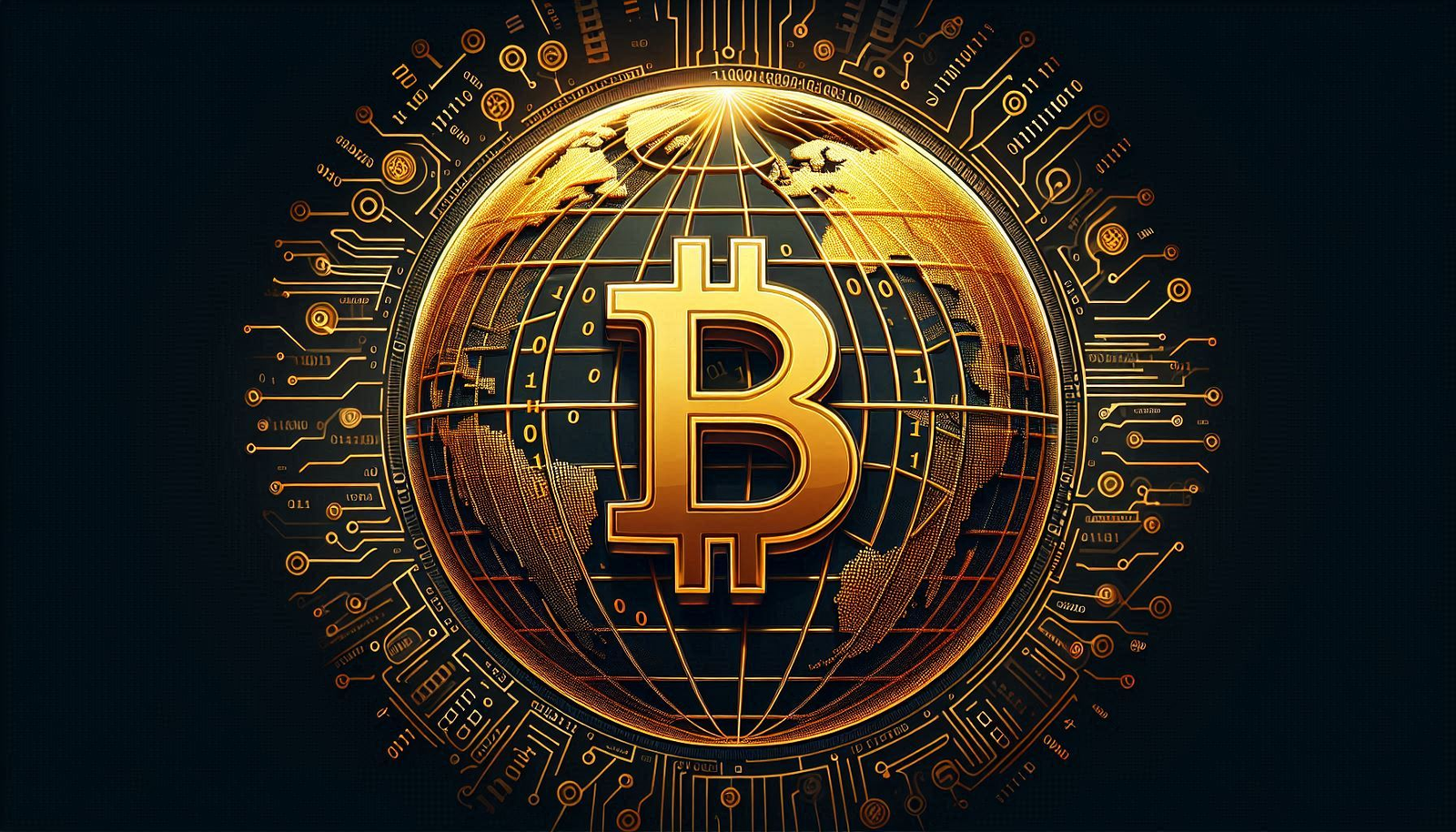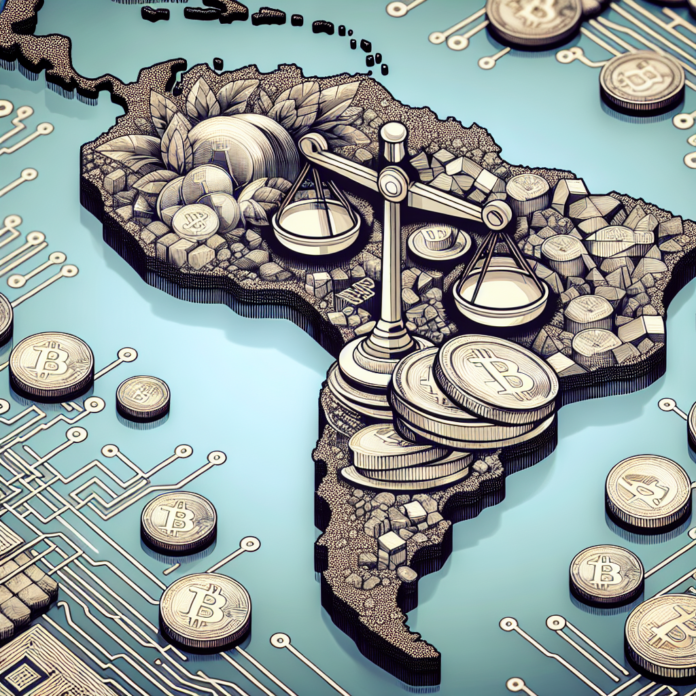How Stablecoins Are Reducing Economic Instability in Latin America and Brazil According to a Chainalysis Survey 99Bitcoins
Stablecoins and Economic Stability in Latin America: Insights from Brazil and a Chainalysis Survey
In recent years, Latin America has faced various economic challenges, driven by factors such as inflation, currency devaluation, and political instability. In this turbulent economic landscape, stablecoins have emerged as a potential solution to mitigate economic instability, particularly in Brazil. A survey conducted by Chainalysis has shed light on how these digital assets are playing a significant role in the region.
The Role of Stablecoins in Brazil
Stablecoins, which are digital currencies pegged to stable assets like the US dollar, are gaining traction in Brazil as a means of preserving value and facilitating transactions. Unlike traditional cryptocurrencies, which can be highly volatile, stablecoins offer a more reliable store of value. This stability is particularly appealing in countries where local currencies may be prone to devaluation.
In Brazil, the adoption of stablecoins is growing rapidly. Businesses and individuals are increasingly using them for cross-border transactions, remittances, and everyday purchases. By providing a hedge against inflation and currency volatility, stablecoins are helping Brazilians protect their wealth and maintain purchasing power.
Survey Insights: Chainalysis Findings
According to the Chainalysis survey, a significant portion of the Brazilian population is turning to stablecoins as a financial tool. The survey highlights that:
- Increased Adoption: A notable percentage of Brazilian respondents reported using stablecoins in their daily financial activities. This adoption is driven by the need for a stable alternative to the Brazilian real, especially during economic downturns.
- Remittances and Cross-Border Transactions: Stablecoins are facilitating more efficient and cost-effective cross-border transactions. They offer a quicker and cheaper alternative to traditional banking systems, which is attractive for individuals sending money to and from Brazil.
- Financial Inclusion: Stablecoins are contributing to financial inclusion by providing access to digital financial services for those who may not have access to traditional banking. This is particularly important in rural or underserved areas where banking infrastructure is limited.
Broader Implications in Latin America
Beyond Brazil, stablecoins are making an impact across Latin America. Countries like Argentina and Venezuela, which face similar economic challenges, are also seeing increased stablecoin adoption. In these countries, stablecoins serve as a crucial tool for individuals seeking to protect their savings from hyperinflation.
Moreover, governments and financial institutions in the region are beginning to explore the potential of stablecoins. Some are considering regulatory frameworks to support their integration into the financial system, recognizing their potential to enhance economic stability.
Conclusion
Stablecoins are emerging as a vital tool for mitigating economic instability in Latin America, with Brazil at the forefront of this trend. As digital currencies continue to gain acceptance, they offer a promising solution for individuals and businesses seeking stability in a region marked by economic uncertainty. The insights from the Chainalysis survey underscore the growing importance of stablecoins in the financial landscape of Latin America, highlighting their potential to foster greater economic resilience and inclusion.


